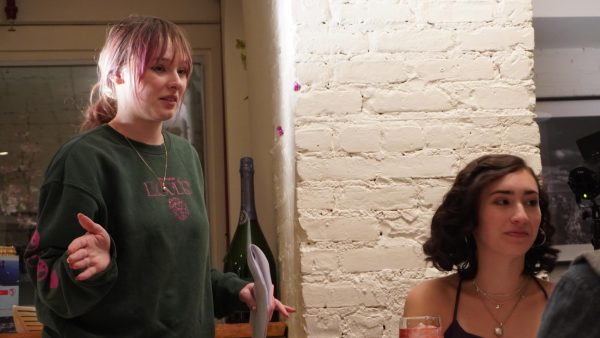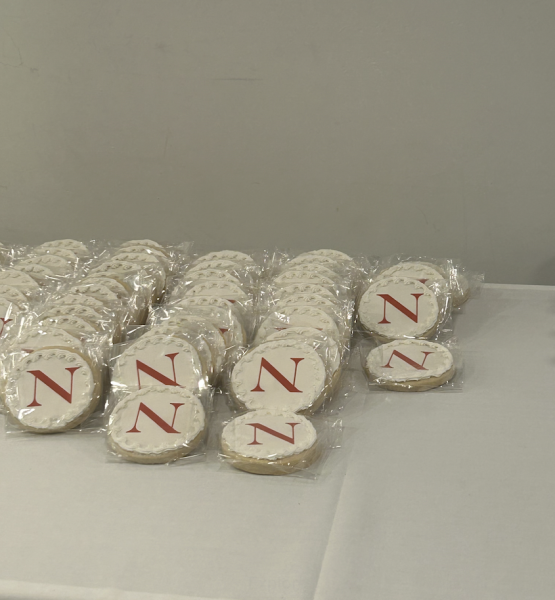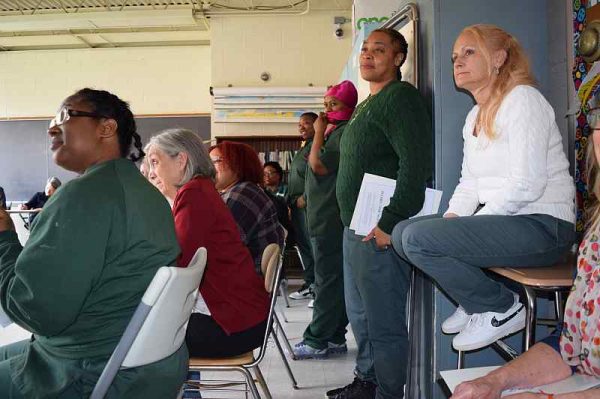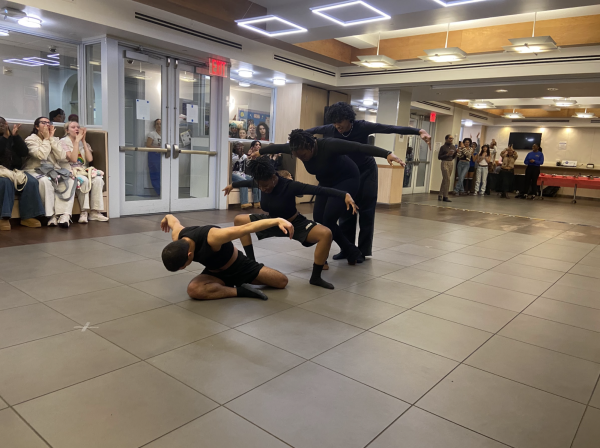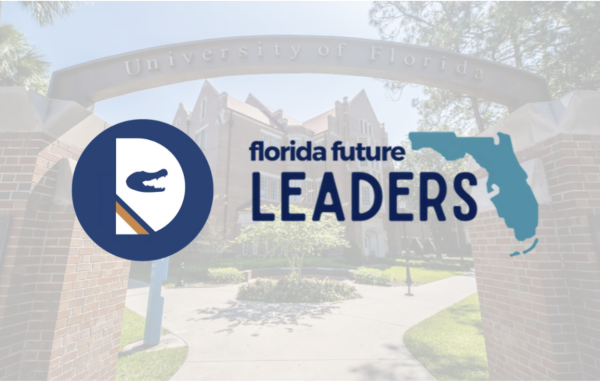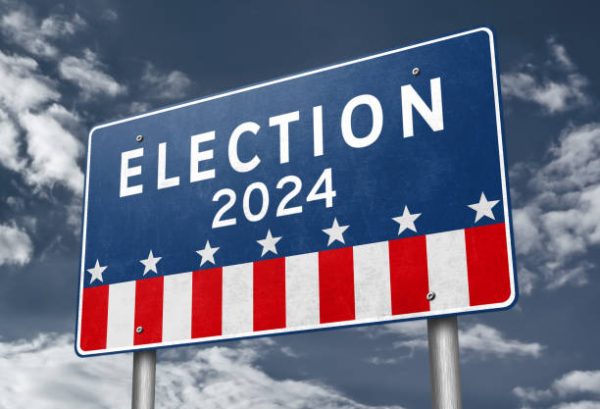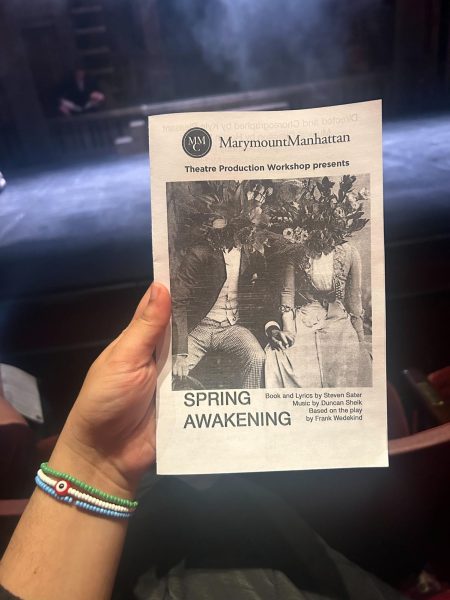New ID System Causes Frustration with Students
Security Measures Ignite Student Commentary
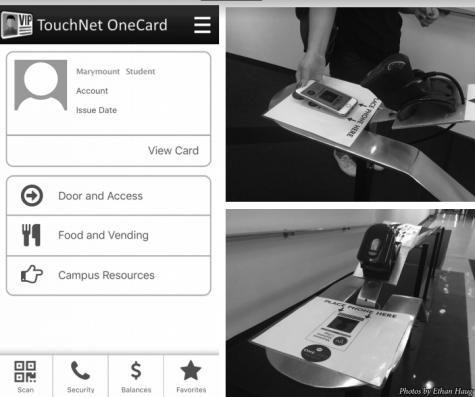
This photo is courtesy of The Monitor’s photographer, Ethan Haug.
Moving from plastic to digital has brought along a new feel to the campus. Leaving some with questions about why the switch and opinions on how to make it better.
Starting off a new school year usually calls for new shoes, supplies and in this case for the 2019-2020 school year at Marymount Manhattan a new ID card system. TouchNet OneCards have been introduced to our campus as the new and easier way to carry around your student ID. The basis of bringing the program over to our campus was to tighten up on security, ease the struggle of forgetting or misplacing your student ID, and to stay up to date with this ever-changing technological world.
While this program was built to try to make our lives a little easier, change still always brings along a fair share of criticism, and questions. It takes time to get used to change and when it’s thrust upon you, it can sometimes feel a little suffocating and hard to adjust to.
In fact, Senior Dance and Digital Journalism major Emani Mack believes that we should have at least been granted a choice in this transition from physical to digital.
“I believe that the (digital) ID cards are definitely a great technological advancement. However, I believe that taking away the student’s choice to have a physical ID card is an injustice on us because of the simple fact that if we want to go out and represent MMC we should be able to have a physical copy.”
Mack furthered his argument by saying, “For example, my Journalism class focused on under-represented communities. We went on a protest and it would’ve been nice to have a lanyard with a physical ID card on our necks. At a protest ain’t no police officer going to accept my (digital) ID, when I pull it up on my phone. They’re going to be like, huh? And as students, and paying customers of an institution, we should have a choice.”
However, Dewayne DeRozzo, Manager of Special Projects within the IT department at Marymount wants to assure students that much time, though, and effort was put into the transition from traditional to technological friendly IDs.
“The original part of it came because, well one: we need to tighten up on security, that’s been a big issue here and I’ve been here for four years, so it’s been a big focus of ours. Anybody can come into the building and flash an ID but you can’t always clearly see it and validate who is allowed to be here.”
With this new program, the chances of a random person off the street coming in with a physical copy they found are slim to none now. Yet, students have brought up the concern of safety and privacy within the app, specifically the issue of GPS tracking.
But DeRozzo has the answer to this as well, “This app is not even intended for that, the features that we have are to make sure that if you come into the building, you’re authorized to be there. In fact, we dumb down the app because of stuff like this, because we knew it (questions about tracking ) would be coming.”
Moving from paper and plastic to reusable materials is the trend nowadays, so why not move in that direction with our daily use of IDs? Now while I’m sure student ID’s are not one of the leading causes of plastic found in the ocean, transitioning and adapting to new modes of living within this day and age, it’s important to stay on top of the game.
“It came down from the president. She was like hey let’s make it digital. I want to make the institution as far as a marketing standpoint and institutional level to show that we have the best of what’s available.” said DeRozzo.
Regardless, it seems as though it’s just as equally if not more important to take the opinions of those being affected by this change such as students and faculty into consideration.


